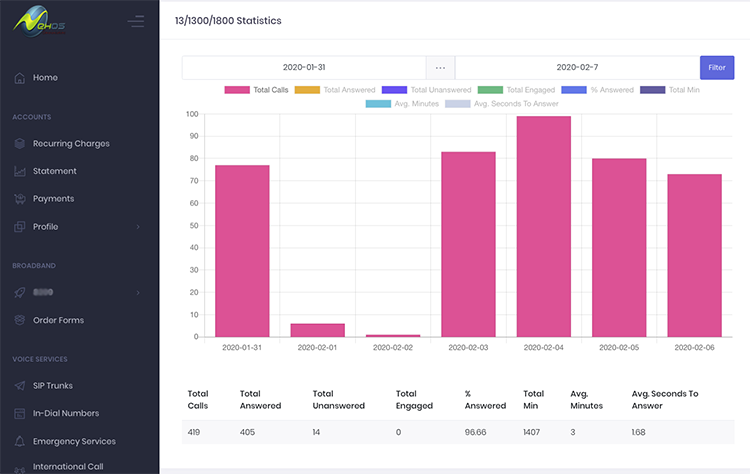

This time must be rounded to the next 10 and can be up-to 60 seconds. If the caller hears a ring tone 4 times or a fast busy tone, this indicates the setting had been successful.

To forward calls to your voice mail, set a forward-to phone number redirecting to your office phone. You have the ability to do this for all forwarding settings.Įxample: *33*+14257222217 or *33*14257222217 The phone number can be in E.164 format or a dial string that will be converted based on your dial plan. Forward alwaysĭial *33* followed by the forwarded-to phone number. Otherwise you can find a normal ringing phone WAV file from anywhere and use that, such as this one:Īfter doing this, the callers don’t actually know they’re in a queue unless you’ve enabled other settings in the Response Group to make it obvious.Note: the following device models currently don’t support Call Forwarding: Yealink T30, Yealink T30P, Cisco 6821, Poly Trio 8500, Poly Trio 8800, and AudioCodes IP Phones. * Updated 4th March 2014: Stephen Dolphin in the comments below nots that the Lync 2013 path is C:\Program Files (x86)\Microsoft Office\Office15\MEDIA *ĬOMMUNICATOR_ringing.wav is the default one that most people will be familiar with. You can find the Lync WAV files on any computer with Lync 2010 installed, under C:\Program Files (x86)\Microsoft Lync\Media\ This is done by modifying Step 7 in the Response Group: This can be confusing for people, so the easiest thing to do is to switch the Music On Hold to the exact same noise Lync uses when a phone is ringing. As soon as you ring and hit the response group, you’re put on hold – it should be ringing on the phones of the members of the response group, but the caller hears on hold music. The main annoyance from people calling the new Response group was the Music On Hold.

Simple enough, people call a number and it goes through to a few different staff on various extensions. I’ve been knee deep in Lync 2010 lately, and one thing I was working on was setting up some Response Groups.


 0 kommentar(er)
0 kommentar(er)
